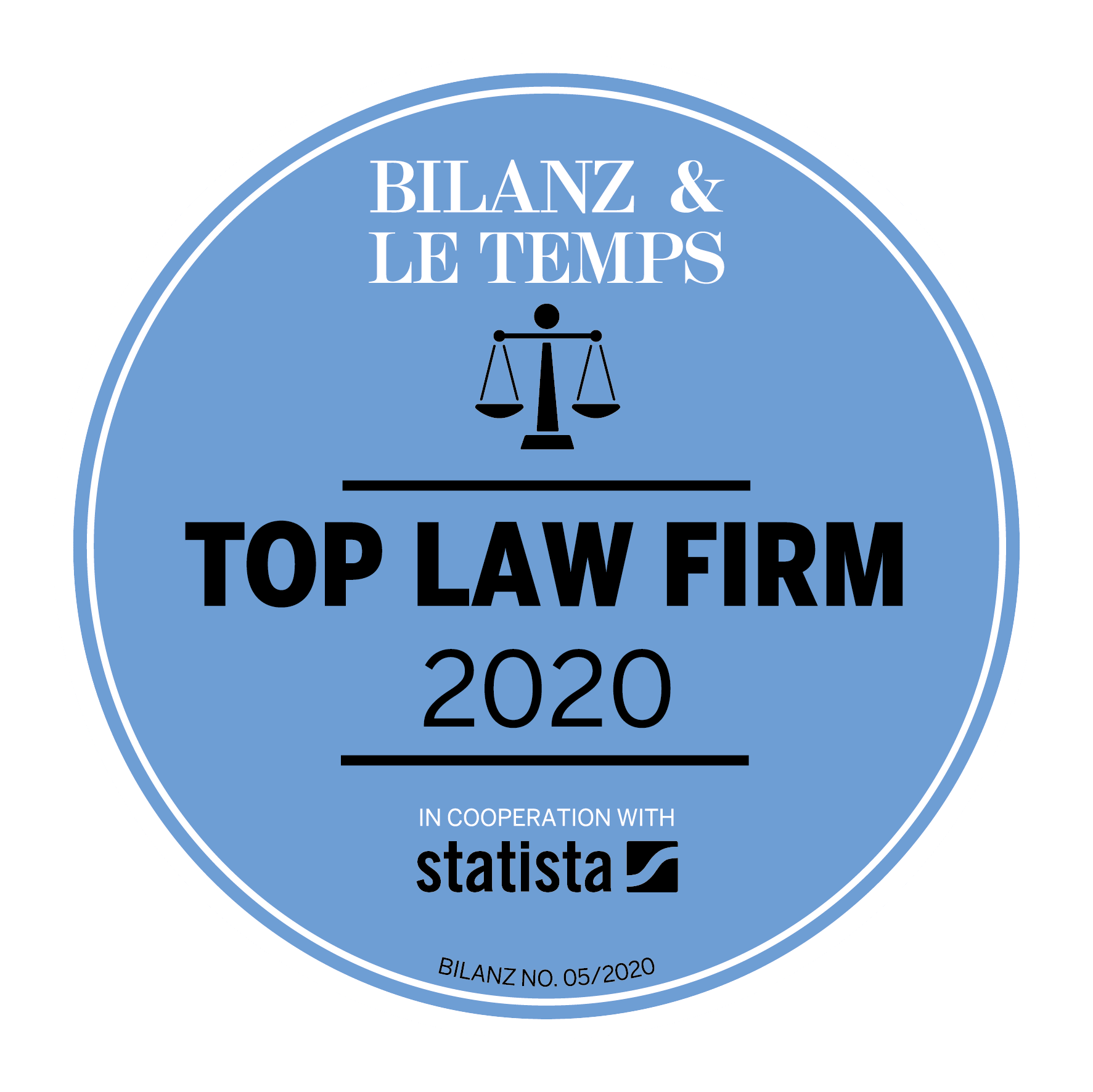Spotlight auf die neuen Bestimmungen in der Praxis – Work in progress
Bedingtes Aktienkapital vs. Kapitalband: Aktienrechtliches Vexierbild
Das Gesetz umschreibt das Verhältnis zwischen Kapitalband und bedingtem Kapital in schwer verständlicher Weise.
Faktisch klar ist: Die beiden Kapitalgefässe funktionieren entweder unabhängig voneinander oder als „kommunizierende Röhren“. Unabhängigkeit besteht dann, wenn die Menge der aus dem bedingten Kapital ausgegebenen Aktien die Nutzung des Kapitalbands nicht (auch nicht mengenmässig) schmälert. Dagegen „kommunizieren“ Kapitalband und bedingtes Kapital, wenn die Ausgabe von Aktien aus dem bedingten Kapital das Kapitalband im entsprechenden Umfang „konsumiert“.
Unabhängigkeit gilt als gesetzlicher Normalfall: Diese gilt, solange die Statuten nichts Abweichendes regeln. Die aktienrechtlichen Bestimmungen sehen dies ausdrücklich vor. Dabei regeln sie die zeitlich denkbaren Fälle (ohne ersichtlichen Grund) in verschiedenen Bestimmungen: In Art. 653g Abs. 2 erster Satzteil OR geht es um die Schaffung bedingten Kapitals vor oder mit Einführung des Kapitalbands, in Art. 653v Abs. 2 Satz 1 OR dagegen um die Schaffung bedingten Kapitals nach Einführung des Kapitalbands (vgl. hierzu auch Böckli Peter, Schweizer Aktienrecht, 5. Aufl., 2022, N 274 und 276 zu § 2).
Die genannten „kommunizierenden Röhren“ sind rechtlich notabene nicht weniger zulässig, wenn in der Umsetzung für den Verwaltungsrat auch anspruchsvoller. Hier geht es um nicht mehr als eine Kanalisierung seines Ermessens durch die Generalversammlung. Dagegen spricht nichts.
Anders, als man bei oberflächlicher Gesetzeslektüre meinen könnte, bildet dies nicht Regelungsinhalt des Art. 653g Abs. 2 zweiter Satzteil OR. Das Gesetz schweigt hierzu vielmehr. Darf es auch.
Bei akribischer Betrachtung regeln Art. 653g Abs. 2 zweiter Satzteil OR und Art. 653v Abs. 2 Satz 2 OR – allerdings wiederum nur auf den ersten Blick – unerwartet etwas ganz anderes: Eingeführt wird ein neues System zur Schaffung bedingten Kapitals. Bislang konnte die GV den VR ermächtigen, im Rahmen der von ihr geschaffenen Grundlage zum bedingten Kapital nach eigenem (kanalisierten) Ermessen Aktien auszugeben. Neu kann sie ihn auch ermächtigen, diese Grundlage zum bedingten Kapital selber zu schaffen. So unerwartet kann dann dieser gesetzgeberische Move doch nicht sein: Wenn der VR via Kapitalband schon ermächtigt werden kann, direkt neues Kapital zu schaffen, muss er a majore minus auch ermächtigt werden können, solches an den Eintritt bestimmter, z.B. in Mitarbeiterbeteiligungsplänen oder Wandelanleihen definierter, Bedingungen zu knüpfen.
Art. 653t Abs. 1 Ziff. 9 OR liefert hierzu die „Neunerprobe“: Darin wird verlangt, dass die Statutenbestimmung zum Kapitalband eine allfällige Ermächtigung des Verwaltungsrats zur Erhöhung des Kapitals mit bedingtem Kapital enthalten. Dies kann nur die Ermächtigung des VR meinen, das Kapitalband zur bedingten Schaffung von Kapital, also zur Schaffung bedingten Kapitals, zu nutzen.
Das im Zusammenspiel dieser Systeme theoretisch mögliche Perpetuum Mobile wusste der Gesetzgeber zurecht zu verhindern: Die Statuten müssen schon alle vorgeschriebenen Angaben über ein bedingtes Kapital gemäss Art. 653b OR enthalten. Dazu gehört vor allem der maximale Nennbetrag, bis zu dem der Verwaltungsrat bedingtes Kapital zu beschliessen befugt sein soll.
